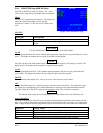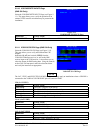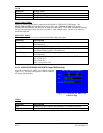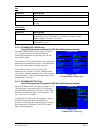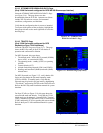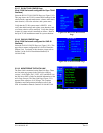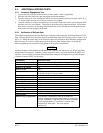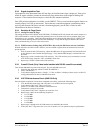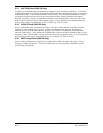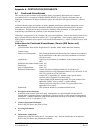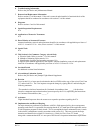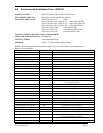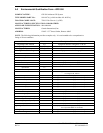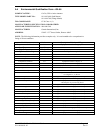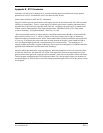
Page 5-18 500 SERIES INSTALLATION MANUAL
Rev G P/N 190-00181-02
5.3.7 VHF COM Check (GNS 530 Only)
A flight test is recommended after the installation is complete to ensure satisfactory performance. To check the
communications transceiver, maintain an appropriate altitude and contact a ground station facility at a range of at
least 50 nautical miles. Contact a ground station in close proximity. Press the squelch disable button to defeat
the automatic squelch feature and listen for any unusual electrical noise which would increase the squelch
threshold. If possible, verify the communications capability on both the high and low ends of the VHF COM
band. It may be required by the governing regulatory agency to verify operation of the COM transmitter and
receiver at the extents of a ground facility’s service volume (e.g., FAA AC 23-8A).
5.3.8 VOR/ILS Check (GNS 530 Only)
Select a VOR channel within a 40 nautical mile range. Listen to the VOR audio and verify that no electrical
interference such as magneto noise is present. Check the tone identifier filter operation. Fly inbound or
outbound on a selected VOR radial and check for proper LEFT/RIGHT, TO/FROM, and FLAG indications.
Check the VOR accuracy. Verify that the flag is hidden with a valid received station, and that the flag is in view
when there is not a received station. It may be required by the governing regulatory agency to verify operation of
the VOR receiver at the extents of a ground facility’s service volume (e.g., FAA AC 23-8A).
5.3.9 DME Tuning Check (GNS 530 Only)
Select a VOR/ILS channel that corresponds to (1) a DME station within a 40 nautical mile range, or (2) the
frequency of a DME ground tester. Verify that the DME locks on to the signal and a valid distance, ground
speed and time are displayed.



